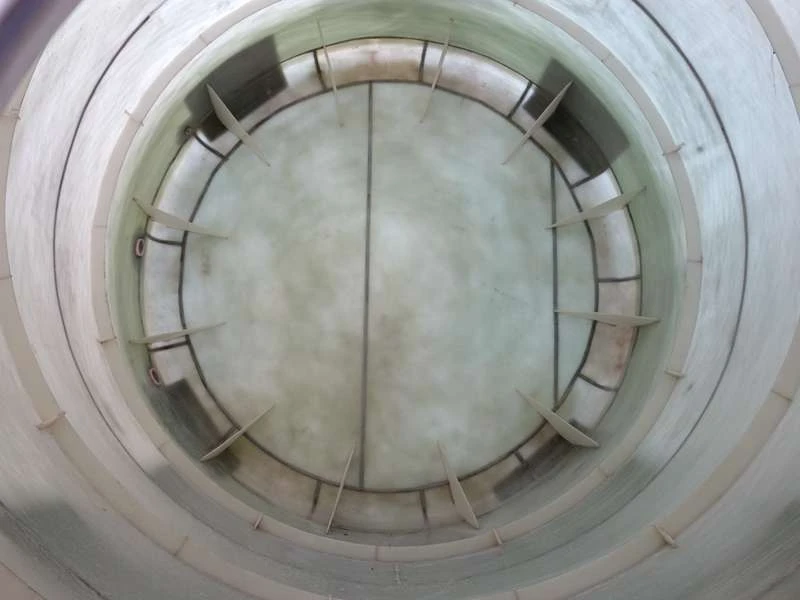
-
 Afrikaans
Afrikaans -
 Albanian
Albanian -
 Amharic
Amharic -
 Arabic
Arabic -
 Armenian
Armenian -
 Azerbaijani
Azerbaijani -
 Basque
Basque -
 Belarusian
Belarusian -
 Bengali
Bengali -
 Bosnian
Bosnian -
 Bulgarian
Bulgarian -
 Catalan
Catalan -
 Cebuano
Cebuano -
 China
China -
 China (Taiwan)
China (Taiwan) -
 Corsican
Corsican -
 Croatian
Croatian -
 Czech
Czech -
 Danish
Danish -
 Dutch
Dutch -
 English
English -
 Esperanto
Esperanto -
 Estonian
Estonian -
 Finnish
Finnish -
 French
French -
 Frisian
Frisian -
 Galician
Galician -
 Georgian
Georgian -
 German
German -
 Greek
Greek -
 Gujarati
Gujarati -
 Haitian Creole
Haitian Creole -
 hausa
hausa -
 hawaiian
hawaiian -
 Hebrew
Hebrew -
 Hindi
Hindi -
 Miao
Miao -
 Hungarian
Hungarian -
 Icelandic
Icelandic -
 igbo
igbo -
 Indonesian
Indonesian -
 irish
irish -
 Italian
Italian -
 Japanese
Japanese -
 Javanese
Javanese -
 Kannada
Kannada -
 kazakh
kazakh -
 Khmer
Khmer -
 Rwandese
Rwandese -
 Korean
Korean -
 Kurdish
Kurdish -
 Kyrgyz
Kyrgyz -
 Lao
Lao -
 Latin
Latin -
 Latvian
Latvian -
 Lithuanian
Lithuanian -
 Luxembourgish
Luxembourgish -
 Macedonian
Macedonian -
 Malgashi
Malgashi -
 Malay
Malay -
 Malayalam
Malayalam -
 Maltese
Maltese -
 Maori
Maori -
 Marathi
Marathi -
 Mongolian
Mongolian -
 Myanmar
Myanmar -
 Nepali
Nepali -
 Norwegian
Norwegian -
 Norwegian
Norwegian -
 Occitan
Occitan -
 Pashto
Pashto -
 Persian
Persian -
 Polish
Polish -
 Portuguese
Portuguese -
 Punjabi
Punjabi -
 Romanian
Romanian -
 Russian
Russian -
 Samoan
Samoan -
 Scottish Gaelic
Scottish Gaelic -
 Serbian
Serbian -
 Sesotho
Sesotho -
 Shona
Shona -
 Sindhi
Sindhi -
 Sinhala
Sinhala -
 Slovak
Slovak -
 Slovenian
Slovenian -
 Somali
Somali -
 Spanish
Spanish -
 Sundanese
Sundanese -
 Swahili
Swahili -
 Swedish
Swedish -
 Tagalog
Tagalog -
 Tajik
Tajik -
 Tamil
Tamil -
 Tatar
Tatar -
 Telugu
Telugu -
 Thai
Thai -
 Turkish
Turkish -
 Turkmen
Turkmen -
 Ukrainian
Ukrainian -
 Urdu
Urdu -
 Uighur
Uighur -
 Uzbek
Uzbek -
 Vietnamese
Vietnamese -
 Welsh
Welsh -
 Bantu
Bantu -
 Yiddish
Yiddish -
 Yoruba
Yoruba -
 Zulu
Zulu
frp grating
Understanding FRP Grating Applications and Advantages
Fiber Reinforced Polymer (FRP) grating is an innovative composite material widely used in various industries due to its unique properties and advantages. Composed of fiberglass reinforced with a polymer matrix, FRP grating is known for its strength, durability, and resistance to corrosion. Its lightweight nature and customizable designs make it an appealing choice for many applications, ranging from industrial to commercial settings.
One of the primary advantages of FRP grating is its outstanding corrosion resistance. Unlike traditional materials such as steel and aluminum, which are susceptible to rust and degradation when exposed to moisture and harsh chemicals, FRP grating can withstand a wide range of environmental conditions. This property makes it particularly valuable in industries such as wastewater treatment, chemical processing, and marine applications, where exposure to corrosive substances is common.
Understanding FRP Grating Applications and Advantages
FRP grating also exhibits excellent slip resistance, which enhances safety in environments where foot traffic is common. The surface of FRP grating can be engineered to provide a high-friction finish, significantly reducing the risk of slips and falls. This feature is particularly important in industrial settings, on walkways, and in public spaces where safety is a top priority.
frp grating

The versatility of FRP grating is yet another reason for its growing popularity. It is available in various shapes, sizes, and colors, making it suitable for a wide array of design requirements. Whether for walkways, platforms, or drainage covers, FRP grating can be tailored to meet specific project needs. Additionally, it can be manufactured to comply with various fire, load, and slip resistance standards, ensuring its suitability for diverse environments.
Moreover, FRP grating is an eco-friendly alternative to traditional materials. Its production process generates fewer carbon emissions, and its long service life contributes to reducing material waste. For companies looking to enhance their sustainability efforts, incorporating FRP grating into their operations can be a strategic step towards achieving environmental goals.
In terms of maintenance, FRP grating offers significant advantages. It requires minimal upkeep compared to metal grating, as it does not need painting or frequent cleaning to prevent corrosion. A simple wash with water and mild detergent is often sufficient to maintain its appearance and functionality, ultimately saving time and resources in maintenance costs.
In conclusion, FRP grating presents a compelling option for various applications due to its unique combination of properties. Its corrosion resistance, lightweight design, slip resistance, versatility, eco-friendliness, and low maintenance make it an ideal choice for industries looking to enhance safety, efficiency, and sustainability. As the demand for innovative materials continues to grow, FRP grating stands out as a forward-thinking solution for modern construction and engineering challenges. By embracing this technology, businesses can not only improve their operational performance but also contribute to a greener future.









